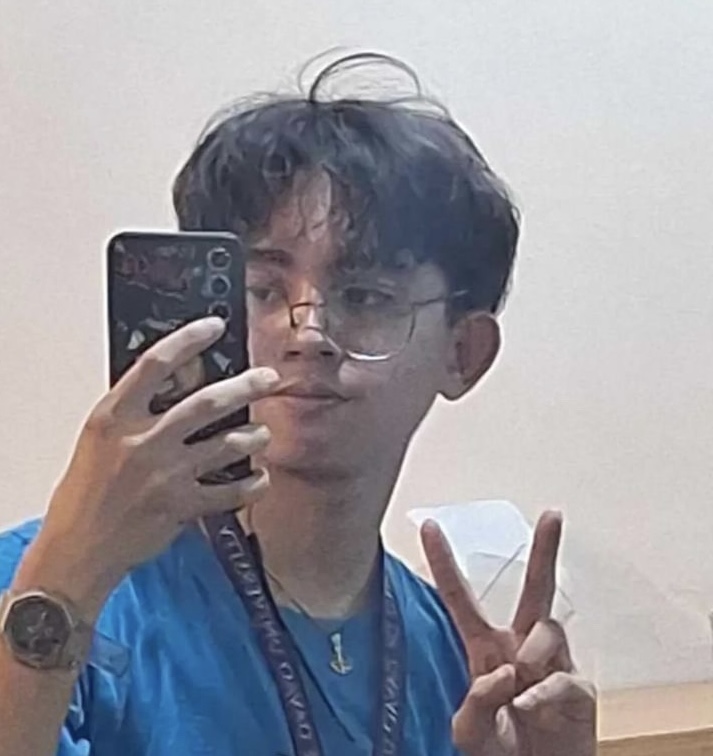5.3 Cancer
Cards (44)
- What is the primary cause of cancer?
- What do proto-oncogenes code for?
- What happens when proto-oncogenes are mutated?
- How many different oncogenes have been discovered in human cancers?
- What are antioncogenes also known as?
- What is the role of antioncogenes?
- What can lead to cancer regarding antioncogenes?
- Why do most mutated cells not lead to cancer?
- What happens to most mutated cells that survive?
- How does the immune system respond to potentially cancerous cells?
- How much does cancer probability increase in immunosuppressed individuals?
- What is usually required to cause cancer?
- What might one activated oncogene do?
- What is the role of DNA replication in preventing cancer?
- How often does a newly formed cell have significant mutant characteristics?
- What are the main reasons mutated cells do not lead to cancer?
- What processes help maintain DNA integrity before mitosis?
- What is required for mutations to take place?
- How can the probability of mutations be increased?
- What types of radiation can predispose individuals to cancer?
- What happens to DNA strands under ionizing radiation?
- What are chemical substances that cause mutations called?
- What is the risk for workers in chemical plants producing aniline dye derivatives?
- What percentage of cancer deaths are caused by carcinogens in cigarette smoke?
- How can physical irritants lead to cancer?
- What is a consequence of rapid mitosis?
- What is the hereditary tendency to cancer based on?
- Why do families predisposed to cancer require fewer additional mutations?
- What types of viruses can cause cancer in laboratory animals?
- How do DNA viruses cause cancer?
- What role does reverse transcriptase play in RNA viruses?
- What happens to the transcribed DNA from RNA viruses?
- What is a major difference between cancer cells and normal cells?
- Why do cancer cells not require the same growth factors as normal cells?
- How do cancer cells differ in adhesion compared to normal cells?
- What is the consequence of cancer cells being less adhesive?
- What do cancer cells form when they spread throughout the body?
- What do some cancers produce to support their growth?
- What is the role of new blood vessels in cancer growth?
- Why do cancer cells kill normal tissues?
